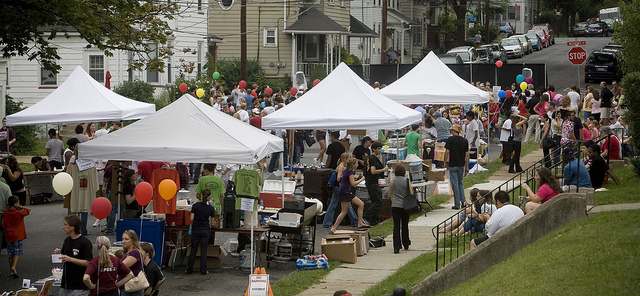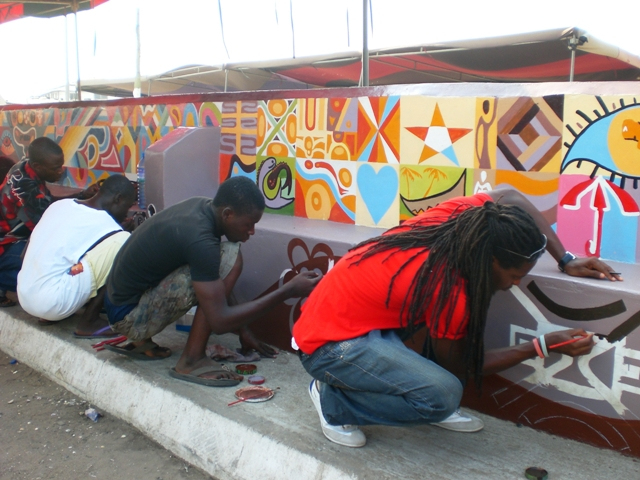headless chicken syndrome
/As we contemplate development of the waterfront, casinos (if ever there was a decision that required a sturdy backbone rather than a referendum, this would be it), rejuvenation of tourism, job creation and mind-boggling deficits, I ask myself: what can an urban planner do? Well, for me, the answer is to draw attention to wheels already invented to which we might hitch our island cart in an attempt to stave off the "headless chicken syndrome". You know - running around in circles squawking.
 image: lafayette college via flckrAlthough the intention this year was to move away from blog posts about placemaking, the success of (future) life in Bermuda forces this to be something of a recurring theme. So, what's new in the field? The Knight Foundation has funded a programme of study - Soul of the Community - whose purpose was to find out: What makes people love where they live? And, Why does it matter? In other words, the study investigated community attachment.
image: lafayette college via flckrAlthough the intention this year was to move away from blog posts about placemaking, the success of (future) life in Bermuda forces this to be something of a recurring theme. So, what's new in the field? The Knight Foundation has funded a programme of study - Soul of the Community - whose purpose was to find out: What makes people love where they live? And, Why does it matter? In other words, the study investigated community attachment.
Katherine Loflin, lead consultant on Soul of the Community, writing for Project for Public Spaces, notes in the article, Learning from Knight's Soul of the Community, Leaning Toward the Future of Placemaking, while the health of the local economy and civic engagement had their place, the "...'softer sides' of place" mattered too. Loflin notes love of place can translate to economic impacts. People want a place that is attractive, friendly, welcoming and engaging. And this matters because communities where people love where they live do better economically.
As we get closer to a new City of Hamilton Plan, I wonder whether we are asking the right questions? A collaboration between Soul of the Community and Project for Public Spaces is shining the light on lessons learned. For example, communities need to be the best versions of themselves that they can be. Don't reinvent the wheel; optimize it and make it better. Capitalize on a community's unique identity.
I suspect we have a number of lessons to learn, still, in Bermuda. Life is short, so we should just get on with it and stop running around in circles.
This is a link to an article, What makes people attached to a city? by Marlys Harris writing for MINNPOST. Minneapolis has winters much worse than Bermuda and, like us, they spend time worrying about how to attract people to their city as a result. Harris provides an interesting viewpoint of the work of the Soul of the Community Project.













